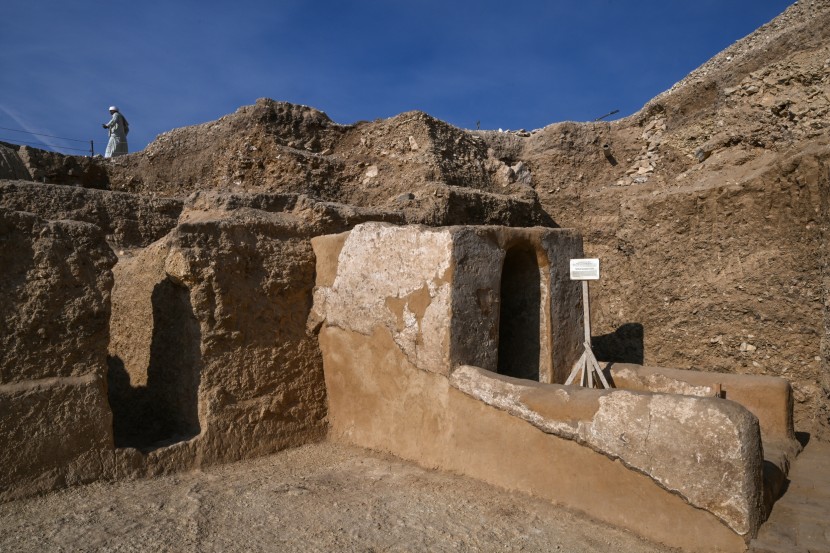
A "remarkable" discovery has been made in Egypt's Luxor region, where archaeologists have unearthed a royal tomb believed to belong to King Thutmose II. The significant find was announced by Egypt's Ministry of Tourism and Antiquities in a press release on Tuesday.
The tomb, initially labeled "Tomb C4," was uncovered by a joint Egyptian-British archaeological team about 1.5 miles west of the famed Valley of Kings. King Thutmose II, who reigned between 2000 and 1001 BC, is now identified as the tomb's rightful occupant.
When the entrance and main corridor were first discovered in 2022, archaeologists speculated that the tomb belonged to one of the royal wives, largely due to its location near Queen Hatshepsut's tomb and the burial sites of King Thutmose III's wives. Mohammad Ismail Khaled, secretary general of the Supreme Council of Antiquities, explained, "This was based on its proximity to Queen Hatshepsut's tomb and the tombs of King Thutmose III's wives."
However, ongoing excavations by the joint mission—led by the Supreme Council of Antiquities and the New Kingdom Research Foundation—revealed new evidence pointing to Thutmose II. Among the key findings were fragments of alabaster jars inscribed with the king's name, identifying him as the "deceased King." Inscriptions also mentioned his wife and half-sister, Queen Hatshepsut.
Piers Litherland, field director at the New Kingdom Research Foundation, expressed his team's surprise at the discovery. "We, like many others, thought this was a wadi (valley) associated with royal women," Litherland told CNN on Wednesday.
The tomb's location was also unexpected for a king. Litherland noted, "The tomb is situated in a poorly-chosen place beneath two waterfalls and at the bottom of a slope down which water would have (and did) pour in the much wetter weather of the 18th dynasty."
Despite its poor state of preservation—caused by ancient flooding shortly after the king's death—the discovery has been hailed as one of the most significant archaeological finds in recent years. Mohamed Abdel Badi, head of the Egyptian Antiquities Sector and co-leader of the mission, explained that water damage likely forced the relocation of many original contents.
The team managed to restore fallen plaster fragments, uncovering blue inscriptions, yellow star motifs, and parts of the Book of Amduat, an ancient Egyptian funerary text commonly found in royal tombs.
While the tomb offers limited insight into Thutmose II's life, it sheds light on burial practices of the time. "It does not, so far, tell us much about his life," Litherland admitted. "However, it does tell us that he was buried by Hatshepsut and not by his son, the infant Thutmose III. It was the duty of Kings to bury their predecessors."
This revelation may also explain historical tensions within the royal family. Litherland suggested that Thutmose III's desire to distance himself from Hatshepsut could stem from this burial arrangement, leading him to "emphasize his connections with his father and grandfather."
The tomb's simplistic architectural design is believed to have served as a prototype for later royal tombs of the 18th dynasty. Archaeologists plan to continue their work in the area, hoping to uncover more secrets and possibly locate the relocated contents of the tomb.
Khaled emphasized the discovery's importance, stating that the artifacts and inscriptions found will provide crucial insights into the history of the region and Thutmose II's reign—an era still shrouded in mystery, with scholars debating the length of the king's rule, which could have ranged from as little as three to over fourteen years.
The excavation team remains optimistic that further research will unlock more of the tomb's secrets, contributing to a deeper understanding of Egypt's ancient past.
© 2025 HNGN, All rights reserved. Do not reproduce without permission.








